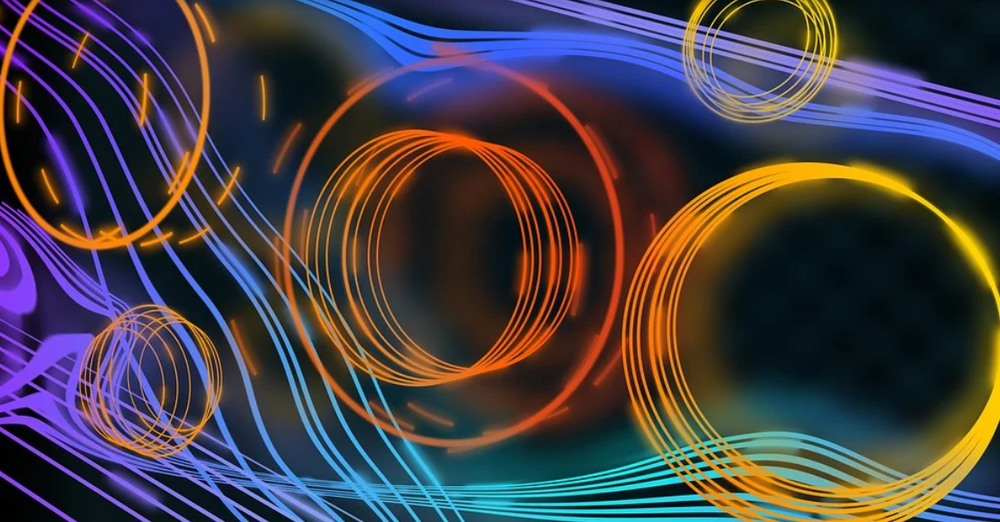Computer-Aided Design (CAD) entails using computer applications to create, modify, analyse, optimise, and document a design using engineering drawing elements, including graphical symbols, shapes, planes, curves, and lines.
Computer-aided manufacturing (CAM), typically used alongside CAD, is a design and manufacturing tool used to analyse computer aided designs to determine the best applications. After the analysis, CAM inputs the data into production programming. The five main areas of CAM are production engineering, industrial engineering, manufacturing engineering, reliability engineering, and facilities engineering.
Top CAD Applications
Solid modeling
Solid modelling entails creating a solid component of desired size and shape by cutting and joining different volumes. It results in a virtual replica of the product, which can be rotated and viewed from different angles. The two main types of solid modelling are direct and parametric. Direct solid modelling involves editing a model by modifying it directly on the 3D user interface. Parametric solid modelling focuses on constructing a model using parameters.
Surface Modeling
Surface modelling helps create desired surface shapes by joining, stitching and trimming different surfaces to create a model.
Assembly
Assembly meshes solid and surface models together to create a final assembly. That helps designers see the fitment of all the developed models and the actual working of the final model.
Reverse Engineering
Reverse engineering is ideally the process of converting a real component into a CAD 3D model for replication or product improvement. It involves using additional instruments, such as a white light scanner, laser scanner, and coordinate measuring machine, which help decode or measure the shape of the actual model. Then, the created virtual model can be edited or modified using CAD.
Top Applications of CAM
Plotters/Cutters
CAM can be used to feed CAD designs to plotters and cutters, which are used for drawing and cutting shapes, respectively.
Laser Cutting
Laser cutting machines can use 2D Cad designs to engrave or cut several materials, including glass, textiles, acrylic sheets, plywood, and card.
2.5D Milling
2.5D machining can use a 2D CAD file as the source and cuts in the X-axis and Y-axis directions while progressively lowering the rotating cutting tool to cut out objects. It is generally easy to set its tool paths and cuts faster than most alternatives.
3D Milling
3D milling uses 3D CAD designs and programs as source files. It requires information on all the three milling axes to move simultaneously on all the axes. The process usually takes quite a long time, even on the most modern machines. It takes even longer if a high-quality finish is required.
3D Printing
3D printing refers to creating a 3-dimensional object from a digital model. The object can be of virtually any shape. Most 3D printers use thermoplastic to create the objects using successive layers, with each layer being a thin cross-section of the object being created.

